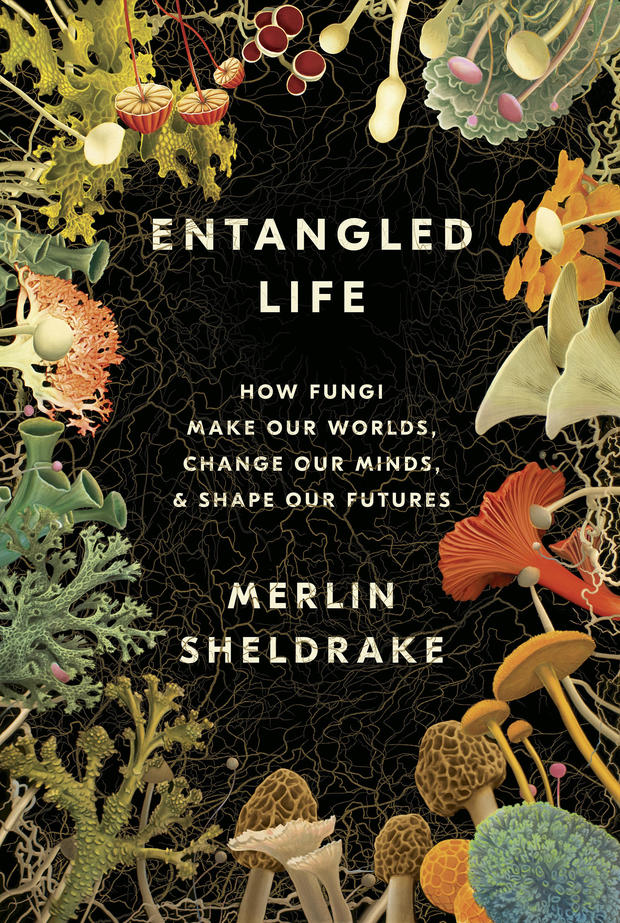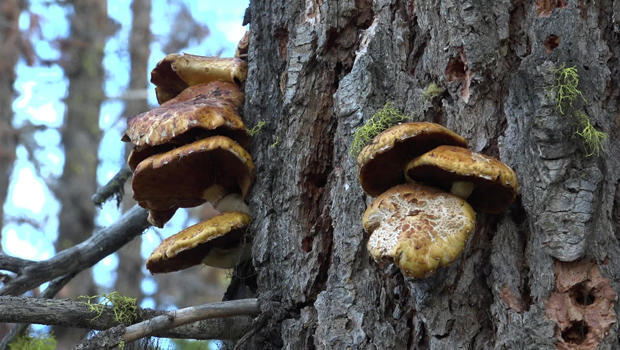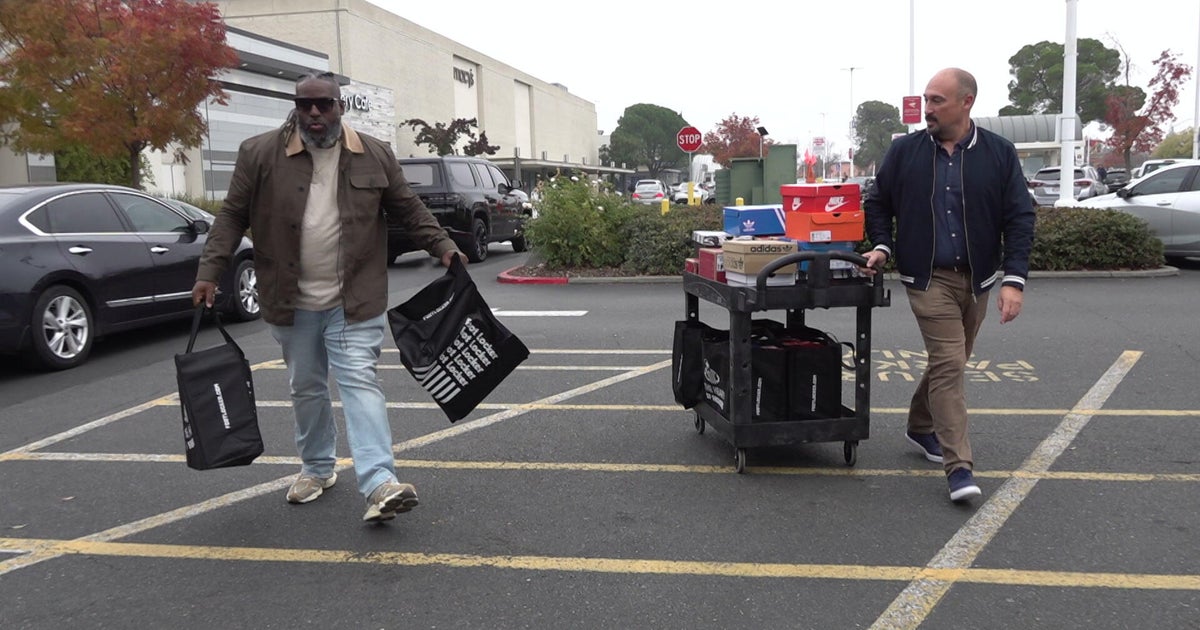In search of a humongous fungus
On chilly morning in eastern Oregon, correspondent Conor Knighton headed deep into Malheur National Forest, driving a series of unpaved roads, and hiking far from any trail, all in hopes of finding a fungus – a humongous fungus.
"I saw somebody up here in a Prius looking for the humongous fungus," recalled Michael McWilliams, a pathologist with the U.S. Forest Service. "And I said, 'You're there.' They were like, 'Where?' And I'm like, 'All around you!'"
"Does that ultimately end up being more impressive, when you think about it that way?" asked Knighton.
"To me, it's more impressive."
"I've never seen someone get so excited about fungus before."
"You don't know that many forest pathologists, do you?" McWilliams laughed. "We all get this excited."
What's especially exciting about the fungus known as armillaria ostoyae is how big it can get, even if it's largely invisible to the untrained eye.
Armillaria stretches underground in several massive sections found throughout the forest. It's one of the largest living organisms on Earth.
So, how humongous is the fungus? "The Clone D covers just under 2,400 acres, which is about 3.7 square miles," McWilliams said.
Armillaria kills trees, especially the fir trees found in Oregon. Its tiny, shoestring-like threads burrow underneath the forest floor, moving from host to host.
Examining one specimen, McWilliams said, "The fungus has come up this root. Even though this is barely alive there, the fungus has come up and is attacking the root collar of this tree."
If two trees miles apart are infected with genetically-identical threads of armillaria, then that fungus is determined to be one organism.
"This is a good example of how fungi challenge our categories," said biologist Merlin Sheldrake. "You know, it's hard to see how one big, sprawling network is one organism. It's hard to imagine that this is, in fact, one organism, even though that's how fungi live their lives, as a matter of course."
Sheldrake is the author of "Entangled Life," a book that documents his fascination with all things fungi.
"Fungi really are astonishingly prevalent on this planet," he told Knighton. "You'll find mycelial networks in sulfurous sediments on the ocean floor, stringing their way along coral reefs, you'll find 'em in soil, in plant bodies (both alive and dead), on specks of house dust. In a single teaspoon of healthy soil, you might find anything from 100 meters to ten kilometers of fungal mycelium."
Armillaria has poured itself through the soil of Malheur National Forest. It's been slowly spreading for thousands of years. And while it's bad news for fir trees, dead trees provide needed habit for animals. Fewer fir trees also means that more larches can grow.
"This is a beautiful fungus," McWilliams said. "I love seeing that beautiful, white cream color when it's killing a tree. And of course, the mushrooms are beautiful, too."
For a few short weeks each year, the fungus sprouts edible honey mushrooms. "If it's a good fruiting year in an area like this, there might be mushrooms everywhere, enough to collect and dry for your winter casseroles," McWilliams said.
Armillaria's mushrooms, like all wild mushrooms, are the visible indicators of the hidden fungal world that lies just out of sight.
"You know, it's having a major ecological impact on this forest," McWilliams said. "And to me, anything that can do that is worth respecting."
BOOK EXCERPT: "Entangled Life," on how fungi shape our future
For more info:
- Malheur National Forest, John Day, Ore.
- "Entangled Life: How Fungi Make Our Worlds, Change Our Minds & Shape Our Futures" by Merlin Sheldrake (Random House), in Hardcover, eBook and Audio formats, available via Amazon and Indiebound
- merlinsheldrake.com
Story produced by Anthony Laudato. Editor: Joseph Frandino.










